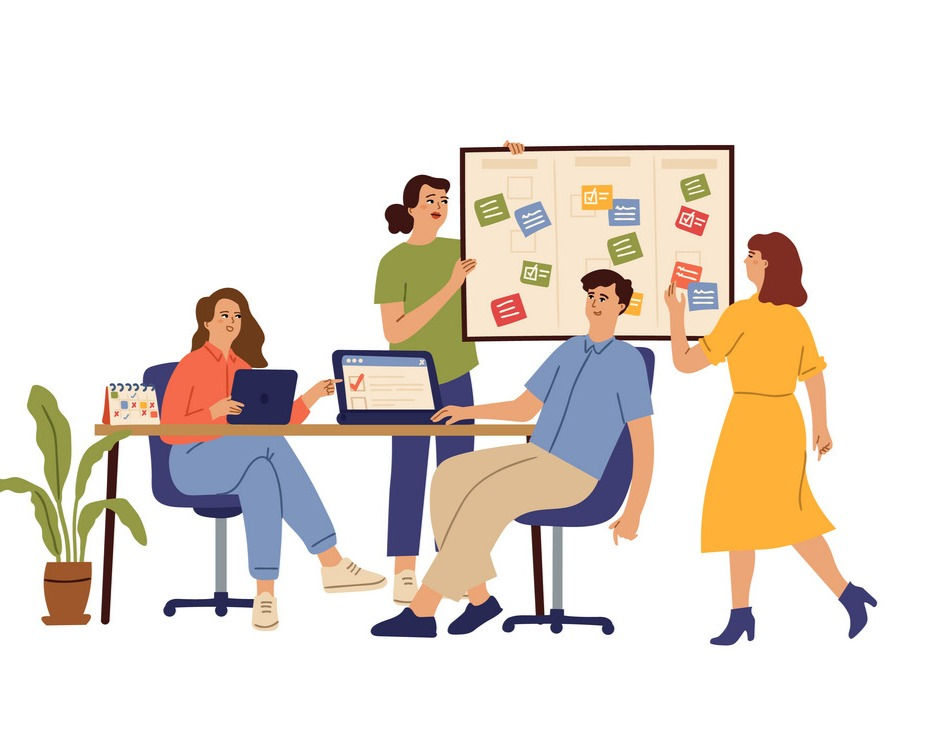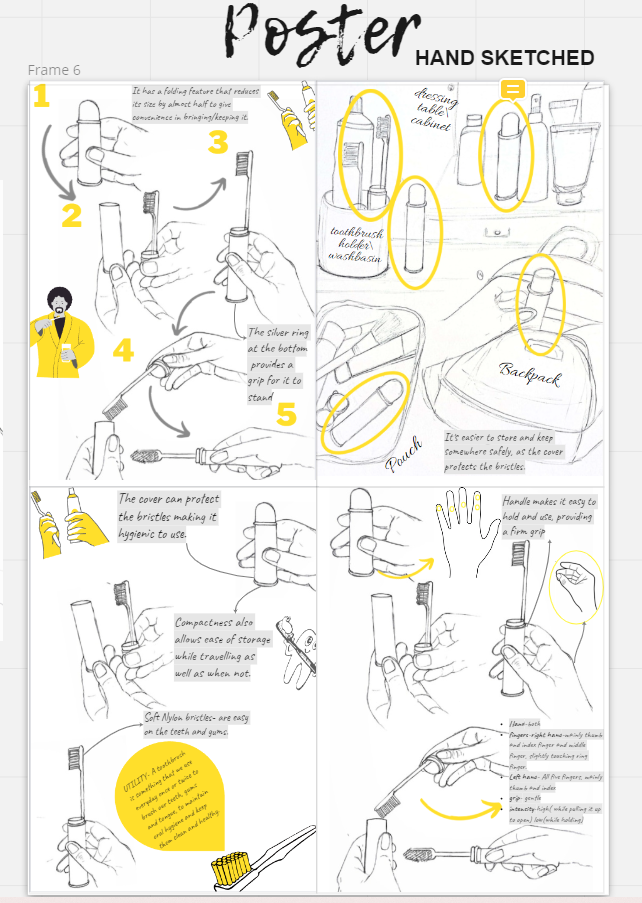LJL-Journey of an Object
- Parri Ahuja
- Feb 13, 2022
- 5 min read
Updated: Mar 22, 2022
PART-1
(A) Context and Design Studio-
“Design is really an act of communication, which means having a deep understanding of the person with whom the designer is communicating.”–Donald A. Norman
For every product purchased, consumers have functional needs, formal expectations, and often emotional concerns.
Form and function go hand in hand are intimately intertwined in products.
Form first addresses aesthetics and the visceral sense of attractiveness, whereas
Function, in design, is about user interaction and the fit and feel of a product. Function addresses utility ,performance, and usability.
Emotion is about the self-identity tied to a product, the reflective personal and cultural considerations. For eg – does it convey the right message; does it reflect the desired attributes about one’s identity and persona?
For Example-
Every detail (form, proportion, texture, colour, material etc.) should work together to support the unified vision of the design.
That vision should address the form, function, and emotional characteristics of a design, for example how a the compact size of a travel friendly toothbrush makes it easier to carry and store.
(B) Reflecting on teamwork-
Advantages on working collaboratively are-
The work gets divided, hence no one individually feels all the pressure, or the work load
Also the work gets completed on time.
There is effective brainstorming and you tend to get a lot new ideas from everyone in the group as different people have different perspectives and everybody's view points come together while working together on the same thing.
Peer interaction also helps to clear all the doubts or confusions about the given brief and helps you understand better.
Sometimes you tend to miss upon something, or tend to overlook upon some mistake, your group members can help you notice that.
There are new teachings from each other and you learn variety of methods to work from your team members.
When in a group, you tend to motivate each other to give your best.

Recommendations that I will follow in future in order to work efficiently while working in a team-
Always lend your ears to others and listen to everybody's viewpoints and suggestions.
Try to equally divide the work amongst all the members, so that nobody feels the extra work load.
Communicate and discuss everything in detail to avoid any confusion.
Don't be too assertive.
Try to be adjusting and at times compromising, not everybody will agree with you or like your idea, and that's okay. People are different and have different perspectives.

PART-2
(A) Reflecting on methods of inquiry-
1.When will I use primary methods of inquiry?-
ADVABTANGES
DISADVANTAGES

2. When will I use Secondary methods of inquiry?
ADVABTANGES
DISADVANTAGES

(B) How did the various activities undertaken during this project help me to work on other activities?
Slice and dice was helpful in understanding and breaking down the various attributes of my object.
It helped me focus on each attribute in detail.
Slice and dice further helped me to carry out the ergonomic study,
as I was already aware of its utility, usability, usage etc by writing down the descriptive ,functional, emotional, process and social attributes.
This also helped in identifying the stakeholders of my object and carry out my stakeholder mapping.
Stakeholder mapping further helped me in prioritising my stakeholders and understand the interest, influence, involvement and potential impact of each one of them.
The ergonomic study and prioritising my stakeholders helped me understand the user object association of my object, their expectations from the object, their usability, their interaction and their emotional connect with the object.
Form observation through drawing made it easier for me to make my object in 3D using different material, as I got got to know about its size, shape, texture and how each part was made and put together.
Benefits and Recommendations-
1.Slice and Dice-
BENIFTS | RECOMENDATION |
A quicker and a shorter way to understand an object and its various attributes. | Try to use short sentences and be precise. |
Helps in dividing and easier categorisation of information. | Don't write everything you know, just main points. |
This helps in understanding and focussing on every aspect in detail. | Select an appropriate visual organiser for easier categorisation of attributes. |

2.Timeline-
BENIFITS | RECOMMENDATIONS |
Helps in understanding the evolution of an object- what was used earlier and why. | Try to include all the important dates and events that occured across different cultures. |
Helps to understand that why certain things were changed or replaced in an object? what were the problems? and why was it replaced? | Use a visual organizer that can help you grow/diversify your timeline. |
This gives a better understanding of the object in detail and helps us focus on the problems that can arise and how we can fix them. | Use appropriate visuals for the right time-period. |

3. 3D Model Making
BENIFTS | RECOMMENDSTIONS |
Helped in understanding the overall shape, size and form of the object. | Try to use different materials rather than just trying one, i.e. explore more. |
I could hold it and understand its grip, how is it held etc by making it on my own. | Keep the proportions of your object in mind. |
Made me realize that there is a reason why certain things are made using specific material. | Use appropriate material to make the appropriate part, observe carefully and don't rush. |

PART-3
A) Reflecting on the application of visual tools & techniques-
Most effective work-

I found the poster for my ergonomic study to be one of my most effective work, as I had done a detailed study on the ergonomics part and was finding it very difficult to combine all of it into a single poster,
still I somehow managed to do it by only using the important information and my hand sketched drawings.
I wanted to make it informative and yet visually engaging so I added a few illustrative images in addition to my sketches.
I used yellow, white and grey as my colors in the whole poster as , yellow added an attractive look while white and grey made it subtle, I tried to create a balance to make it look as one whole composition.
Least effective work-

I found my visual narrative for the user object association task to be the least effective as I feel that I couldn't bring out my inferences well.
I had done my task in depth and wrote all my inferences, but couldn't bring that out really well in my visual narrative as-
I used less visuals.
The characters are all same in every situation with same expressions.
I didn't add any color, which made it less appealing.
The text part was also not well thought off.
But I feel its not that bad, but yes I could have done better by,
Adding more characters to make it look more engaging.
Adding colors at some places to make it a bit attractive.
Using the text part more appropriately rather than writing long paragraphs which couldn't bring out the inferences well.
PART-4
A) Role of material in the design of an object-

PART-5
A) Self Reflection on own performance-
1-Evolution of an object-timeline
It helped me understand that's its important to trace back the entire evolution of an object to understand why it is like this today!
To look for when was it first made, why did its need arise? what material was used to make it back then, helped me to understand that with time need for using an object changes, the material to make it changes as the technology develops, as people become more aware, as they expect something more, something different.
It made me question and find out why certain things changed in my object and what replaced those changes. For eg-

2-Ergonomic Study-
My strengths-
I was able to complete all of my tasks on time, yet tried do them in detail and not compromise on the quality of work.
What worked well for me was interacting daily in class with Pranay sir and Pankaj sir,
take their feedbacks regularly and work upon them.
I tried my best to do what was expected and even go beyond that.
It was quite an interesting project, I made sure not to lose interest and be inquisitive and motivated throughout the project.
My struggles-
Drawing my object in isometric was a struggle for me, I somehow managed making random cubes, cuboids and alphabets, but making a toothbrush in isometric was not that easy.
It requires a lot of patience and practice to get better at it plus more observation.
I struggled in making my visual narrative for the interviewing task as I was not able to depict my inferences that I wrote.
(B) My biggest take-away from this project.
Every object around us has a story to tell, we just need to look for it!

























Comments